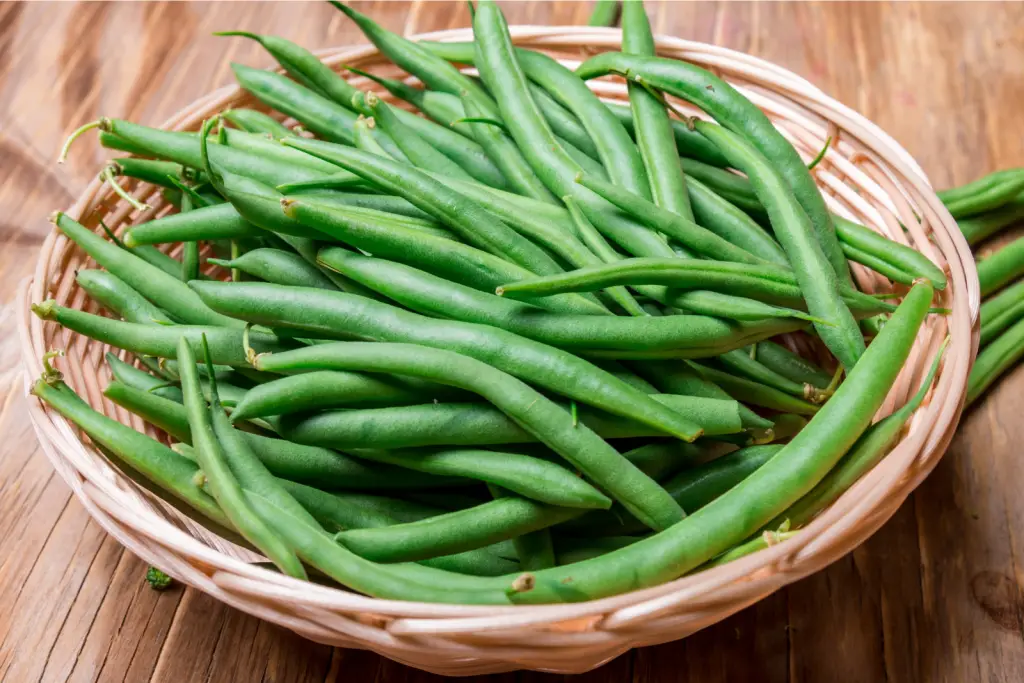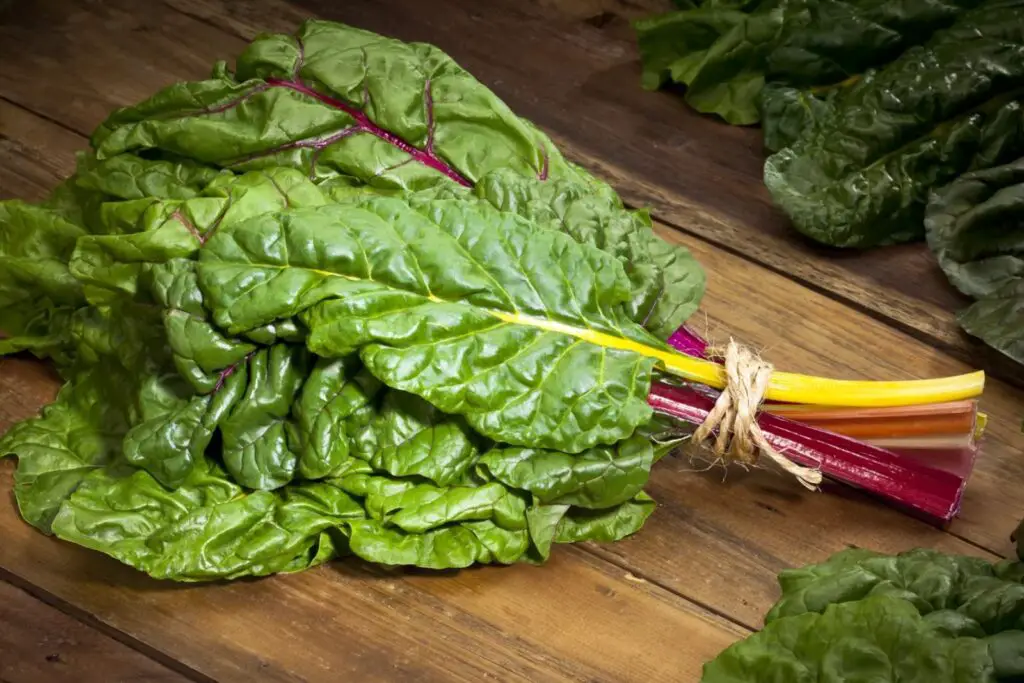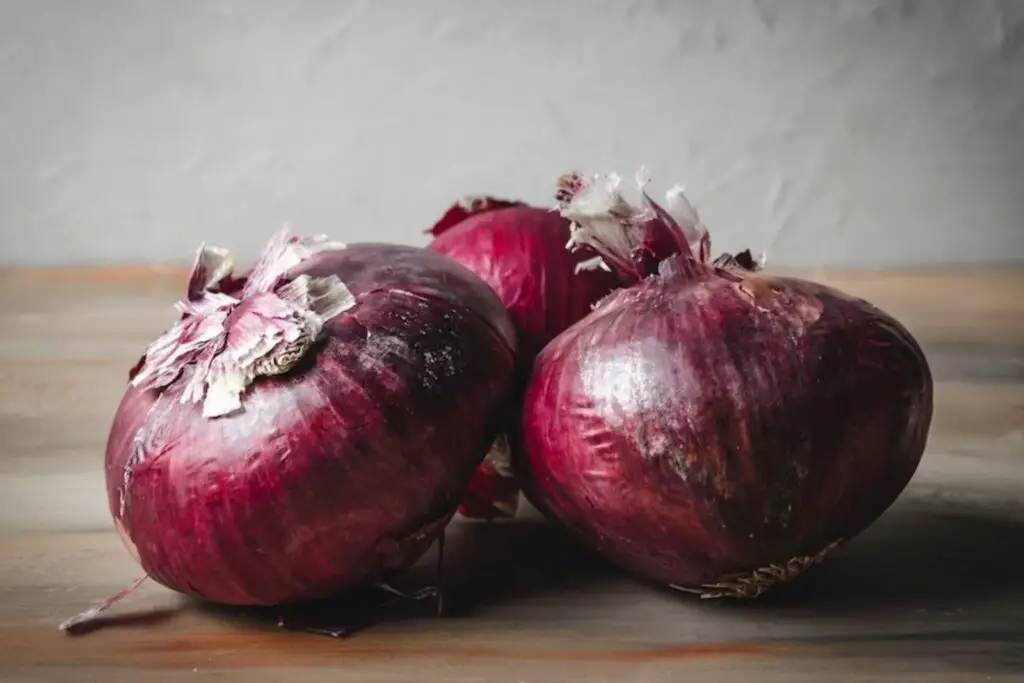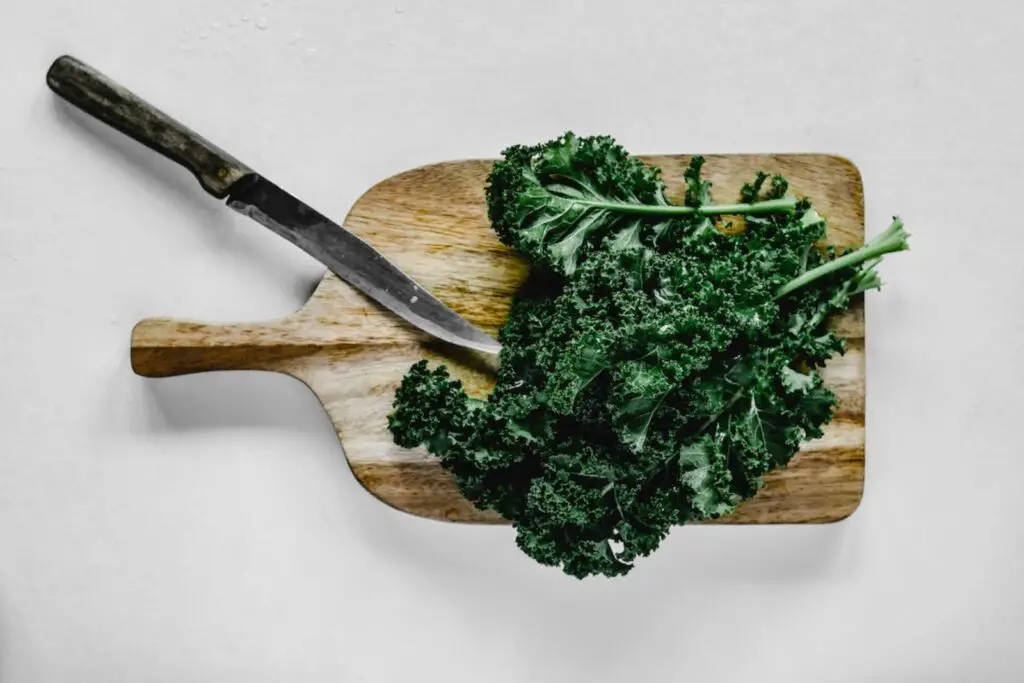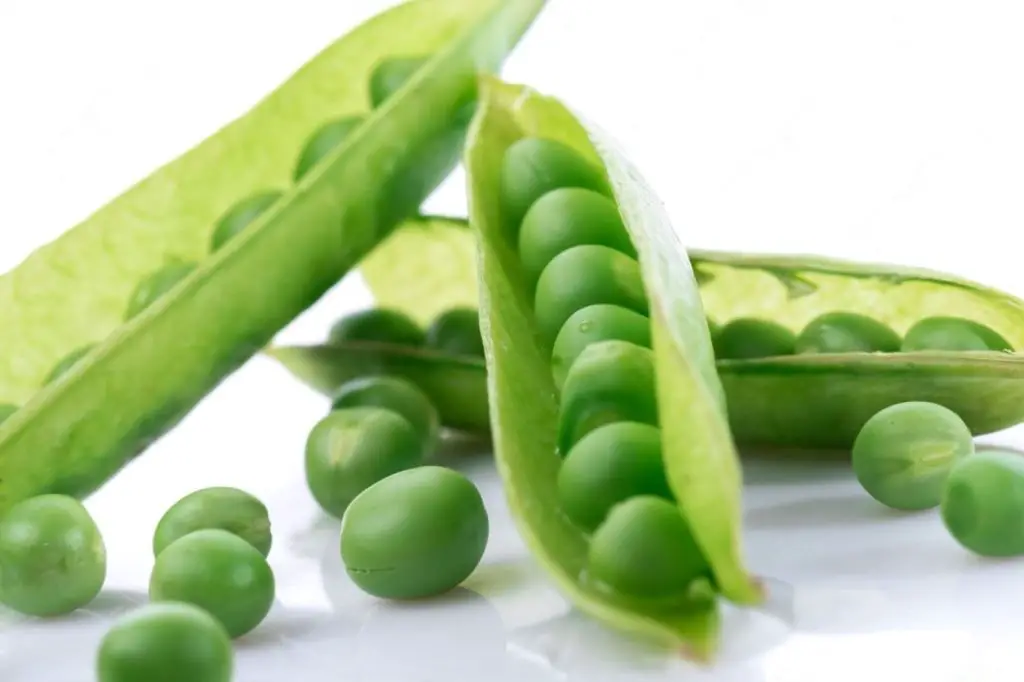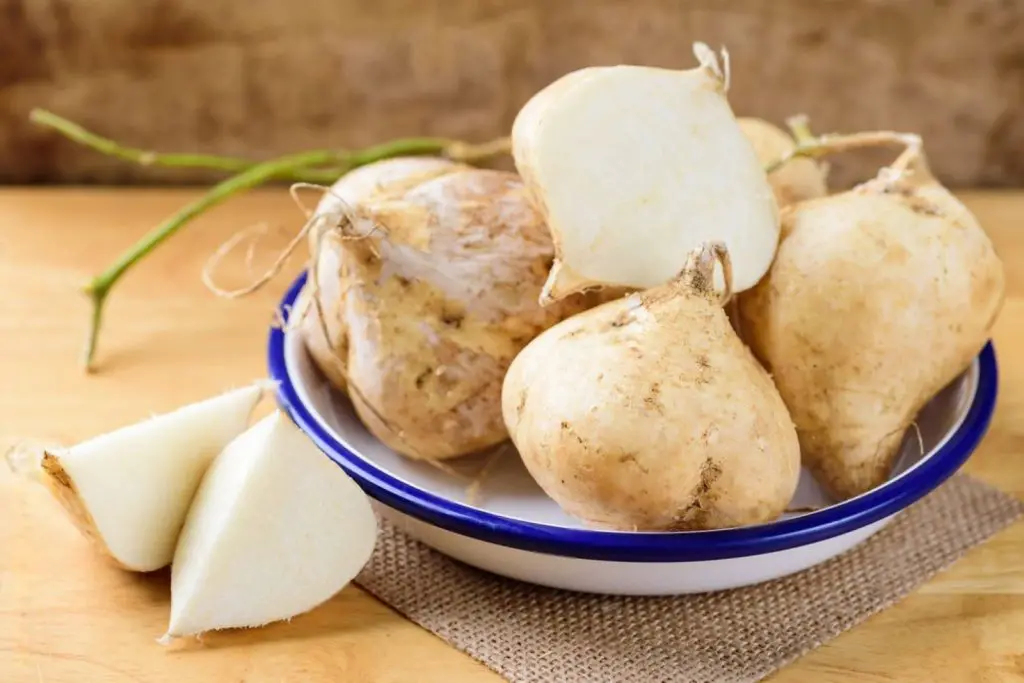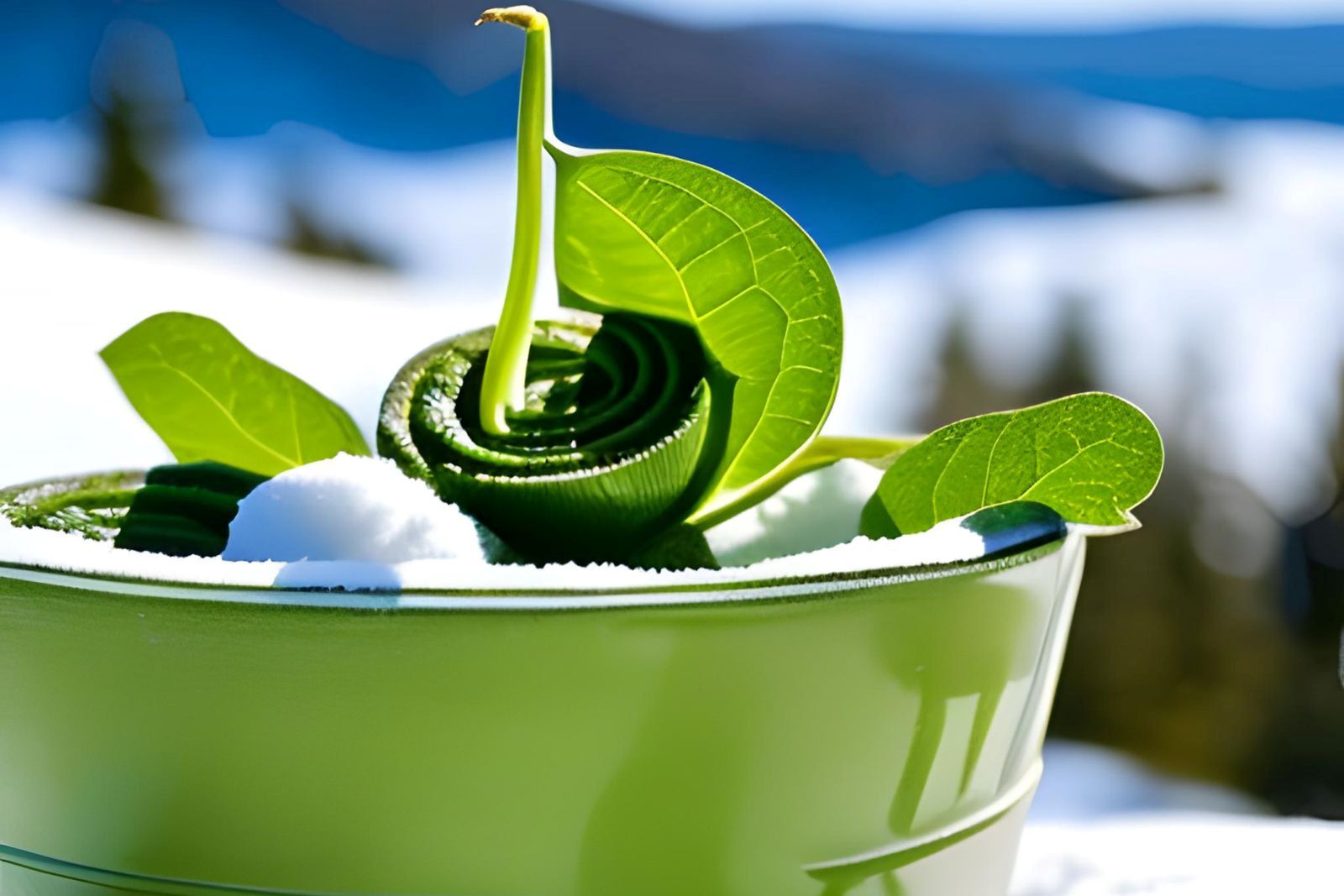
Fiddleheads, the young and curled shoots of ferns, are a delicacy known for their vibrant flavor and unique texture. If you have a bountiful harvest of fiddleheads or simply want to preserve their freshness for future use, freezing them can be a great option. Freezing fiddleheads not only allows you to enjoy their fresh taste even when they are out of season but also helps to retain their tender texture. With proper preparation and freezing techniques, you can ensure that your frozen fiddleheads maintain their quality and nutritional value. Whether you plan to use them in stir-fries, pasta dishes, or as a flavorful side, having frozen fiddleheads on hand provides you with a versatile ingredient that adds a touch of elegance to your culinary creations.
Here are the steps to follow:
- Step 1: Wash the fiddleheads thoroughly under cold running water.
- Step 2: Blanch the fiddleheads for 2-3 minutes.
- Step 3: Transfer the fiddleheads to a bowl of ice water.
- Step 4: Drain the fiddleheads and place in a single layer on a baking sheet.
- Step 5: Transfer them to a freezer-safe container and label with the date.
Step 1: Wash the fiddleheads thoroughly under cold running water.
Start by placing the fiddleheads in a colander and rinsing them under cold running water. Gently rub each fiddlehead with your fingers to remove any dirt or debris that may be sticking to the fronds. It’s important to be gentle when handling the delicate fiddleheads, as they can be easily damaged.
After the initial rinse, fill a large bowl with cold water and submerge the fiddleheads in the water. Swirl them around in the water with your hands to help loosen any remaining dirt or debris. Let the fiddleheads soak in the water for a few minutes.
Next, remove the fiddleheads from the water and rinse them again under cold running water to remove any remaining dirt or debris. Repeat the process of soaking and rinsing the fiddleheads until the water runs clear and no more dirt or debris can be seen.
Step 2: Blanch the fiddleheads for 2-3 minutes.
In the case of fiddleheads, blanching serves several purposes. Firstly, it helps to remove any dirt, debris, or bitter taste that may be present on the surface of the ferns. Secondly, it preserves the bright green color of the fiddleheads, which can fade during cooking. Lastly, blanching can help to reduce the risk of foodborne illness by killing any potential harmful bacteria.
To blanch fiddleheads, start by bringing a large pot of water to a rolling boil. Add the fiddleheads to the pot, making sure they are completely submerged in the water. Allow them to boil for 2-3 minutes, stirring occasionally to ensure even cooking. The exact time may vary depending on the size and maturity of the fiddleheads, but 2-3 minutes is generally sufficient.
After blanching, immediately transfer the fiddleheads to a bowl of ice water. This stops the cooking process and helps to preserve their texture and color. Allow the fiddleheads to cool in the ice water for the same amount of time that they were boiled, typically 2-3 minutes. Drain the fiddleheads thoroughly and pat them dry with a clean towel before freezing or using in your recipe.
Step 3: Transfer the fiddleheads to a bowl of ice water.
To do this, it is recommended to transfer the fiddleheads from the pot of boiling water to a bowl of ice water.
The ice water bath is an essential step in the blanching process as it serves two main purposes. Firstly, it cools the fiddleheads quickly, preventing them from continuing to cook from residual heat. This helps to preserve their texture, keeping them crisp and tender. Secondly, it helps to retain the vibrant green color of the fiddleheads. The rapid cooling of the fiddleheads halts the enzymes responsible for discoloration, thus preserving their green hue.
To transfer the fiddleheads to the ice water bath, use a slotted spoon or tongs to remove them from the boiling water and plunge them immediately into the bowl of ice water. Make sure the fiddleheads are fully submerged in the water and allow them to cool for the same amount of time that they were blanched, which is typically 2-3 minutes.
Step 4: Drain the fiddleheads and place in a single layer on a baking sheet.
After draining, it’s recommended to pat the fiddleheads dry with a clean towel to remove any remaining moisture. This step is crucial because excess moisture can lead to the formation of ice crystals, which can cause freezer burn and affect the texture and flavor of the fiddleheads.
Once the fiddleheads are dry, they can be frozen on a baking sheet lined with parchment paper. Placing them in a single layer on the baking sheet ensures that they freeze quickly and evenly. This step also makes it easier to remove the frozen fiddleheads from the baking sheet when it’s time to transfer them to a freezer-safe container or plastic bag.
Freeze the fiddleheads for 1-2 hours, or until they are firm to the touch. This quick freeze helps to lock in their flavor and texture. Once the fiddleheads are frozen, transfer them to a freezer-safe container or plastic bag, label them with the date, and store them in the freezer for up to 6 months.
Step 5: Transfer them to a freezer-safe container and label with the date.
This step is important to protect the fiddleheads from freezer burn and maintain their quality for up to 6 months. When selecting a freezer-safe container or plastic bag, choose a sturdy and airtight option that can withstand the low temperatures of the freezer without breaking or leaking. You can use a plastic container with a tight-fitting lid, a heavy-duty freezer bag, or a vacuum-sealed bag. It’s important to leave enough room in the container or bag to allow for expansion as the fiddleheads freeze.
Before transferring the fiddleheads, make sure to label the container or bag with the date of freezing. This step is crucial to keep track of the shelf life of the frozen fiddleheads and ensure that you use them before they go bad.
Transfer the fiddleheads to the container or bag, making sure to remove any excess air and seal tightly. You can also separate the fiddleheads into smaller portions, so you can easily take out the amount you need for a recipe without thawing the entire batch. Once the fiddleheads are in the container or bag, place them in the freezer on a flat surface where they won’t get crushed or damaged. Remember to check the freezer temperature regularly to ensure that it remains at or below 0°F (-18°C) to maintain the quality of the frozen fiddleheads.
Other related questions
How long can fiddleheads last in the freezer?
Fiddleheads, the edible curled shoots of young ferns, can be stored in the freezer for about 6 to 8 months. It is crucial to blanch them before freezing to preserve their color, texture, and nutritional value. Properly packaging fiddleheads in airtight containers or freezer bags helps prevent freezer burn and maintains their quality throughout the storage period.
How do you defrost fiddleheads?
To defrost fiddleheads, remove them from the freezer and place them in the refrigerator overnight or for several hours until thawed. Alternatively, you can place them in a bowl of cold water and change the water every 30 minutes until thawed. It’s important not to use hot water or the microwave to defrost fiddleheads, as this can cause them to become mushy. Once thawed, fiddleheads should be used within 2-3 days and not refrozen.
Can frozen fiddleheads be reheated
Yes, frozen fiddleheads can be reheated. To do so, thaw them slowly in the refrigerator overnight, then reheat them in a covered pan over low heat until warmed through. It’s important not to overcook them, as this can cause them to become mushy. Reheated frozen fiddleheads may have a softer texture than fresh ones, but their flavor and nutritional value should remain intact.
How can I tell if frozen fiddleheads have gone bad?
If frozen fiddleheads have gone bad, they may have a sour smell, slimy texture, or off-color. These are signs of spoilage and indicate that the fiddleheads should not be consumed. If the package appears damaged or the fiddleheads have been thawed and refrozen, they may also be unsafe to eat. It’s important to use frozen fiddleheads within 8 months of freezing and to store them properly in an airtight container or freezer bag to ensure their quality.
Can I freeze fiddleheads in water?
While it’s possible to freeze fiddleheads in water, it’s not recommended as it can result in a lower quality end product. Freezing fiddleheads in water can cause them to become waterlogged and mushy once thawed, affecting their texture and flavor. It’s best to blanch and dry fiddleheads before freezing them in an airtight container or freezer bag. This will help to preserve their color, flavor, and texture and ensure a better quality end product.
Can frozen fiddleheads be used in the same way as fresh ones?
Frozen fiddleheads can be used in the same way as fresh ones in most recipes, but their texture may be slightly softer. It’s important to thaw them before using them in cooking. To prevent them from becoming mushy, try not to overcook them. Frozen fiddleheads are a convenient alternative when fresh fiddleheads are not available or out of season.
Can fiddleheads be eaten raw?
While fiddleheads can technically be eaten raw, it’s generally not recommended due to potential food safety concerns. Raw fiddleheads may contain harmful bacteria or toxins that can cause food poisoning. To ensure safety, it’s best to blanch or steam fiddleheads before consuming them. This not only eliminates any potential health risks but also enhances their texture and flavor.
Can I freeze fiddleheads with other vegetables?
It’s possible to freeze fiddleheads with other vegetables, but it’s not recommended as different vegetables have different freezing requirements. For example, some vegetables require blanching before freezing, while others do not. Additionally, freezing vegetables with different freezing requirements together can result in uneven freezing and potential texture and flavor issues. It’s best to freeze fiddleheads separately from other vegetables to ensure optimal quality.
What dishes can I make with frozen fiddleheads?
Frozen fiddleheads can be used in a variety of dishes, such as stir-fries, soups, stews, and casseroles. They can also be sautéed with garlic and butter, added to omelets or quiches, or used as a topping for pizza. Frozen fiddleheads are a convenient alternative when fresh fiddleheads are not available or out of season, and can be used in most recipes that call for fresh fiddleheads. It’s important to thaw them before using and to not overcook them to preserve their texture and flavor.

